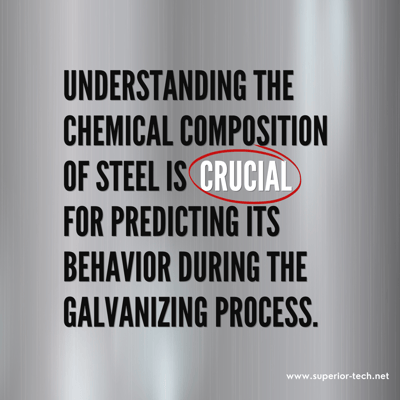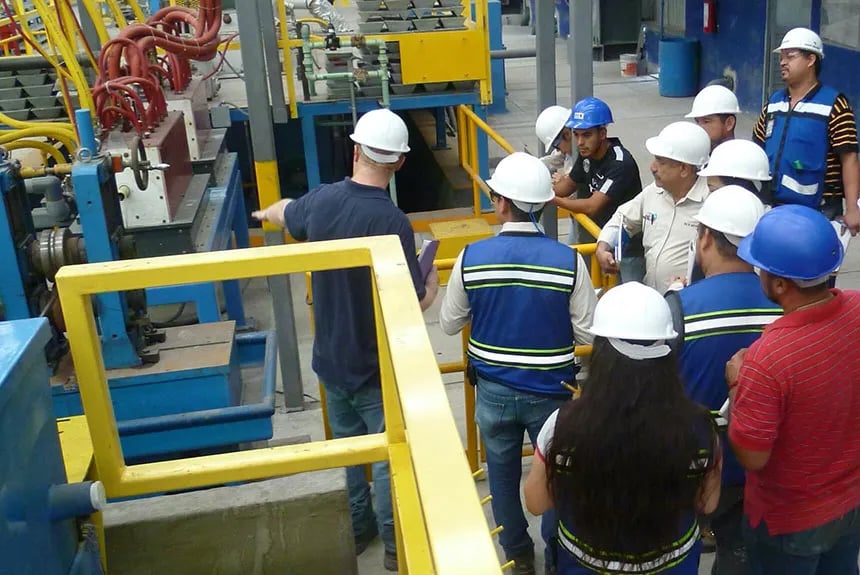
Steel is a versatile and widely used material in various industries due to its exceptional strength, durability, and cost-effectiveness. However, steel is susceptible to corrosion, which can significantly compromise its integrity over time. In this article, we will explore the chemical composition of steel and how the presence of certain elements can affect its quality and performance.
Steel is primarily composed of iron (Fe) along with varying amounts of carbon (C) and other alloying elements. The exact chemical composition of steel can vary depending on the desired properties and the intended application. Alloying elements such as manganese (Mn), silicon (Si), chromium (Cr), nickel (Ni), and others are added to enhance specific characteristics of the steel, such as strength, hardness, corrosion resistance, and machinability.
To protect steel from corrosion, a layer of zinc (Zn) can be applied to the surface, which is a process called galvanizing. The chemical composition of steel can influence the galvanizing process and the resulting coating's quality and durability.
Silicon is a common alloying element found in steel, and its presence affects the galvanizing process. Higher silicon content in steel can lead to increased formation of a hard, brittle inter-metallic layer between the steel and the zinc coating. This layer is less ductile and may affect the adhesion and overall performance of the galvanized coating.
Phosphorus and sulfur are impurities typically found in steel. These elements can have a detrimental effect on galvanizing. Phosphorus can lead to the formation of a thick, non-adherent zinc-iron alloy layer, reducing the coating's quality. Sulfur, on the other hand, can result in a rough, porous coating with reduced corrosion resistance.
Certain alloying elements, such as chromium (Cr), nickel (Ni), and silicon (Si), also influence the galvanizing process. These elements tend to react with zinc to form protective inter-metallic compounds, enhancing the corrosion resistance of the galvanized coating. However, excessive amounts of these elements can affect the coating's appearance and adhesion.
Regardless of the steel's chemical composition, proper surface preparation is vital for achieving a high-quality galvanized coating. Surface contaminants, such as rust, grease, and mill scale, should be removed before galvanizing. This ensures good adhesion between the steel surface and the zinc coating.
Understanding the chemical composition of steel is crucial for predicting its behavior during the galvanizing process. The presence of certain elements, such as silicon, phosphorus, and sulfur, can have significant implications for the quality and performance of the galvanized coating. By carefully considering the steel's composition and implementing appropriate surface preparation techniques, manufacturers can optimize the galvanizing process and enhance the durability and corrosion resistance of steel products.



